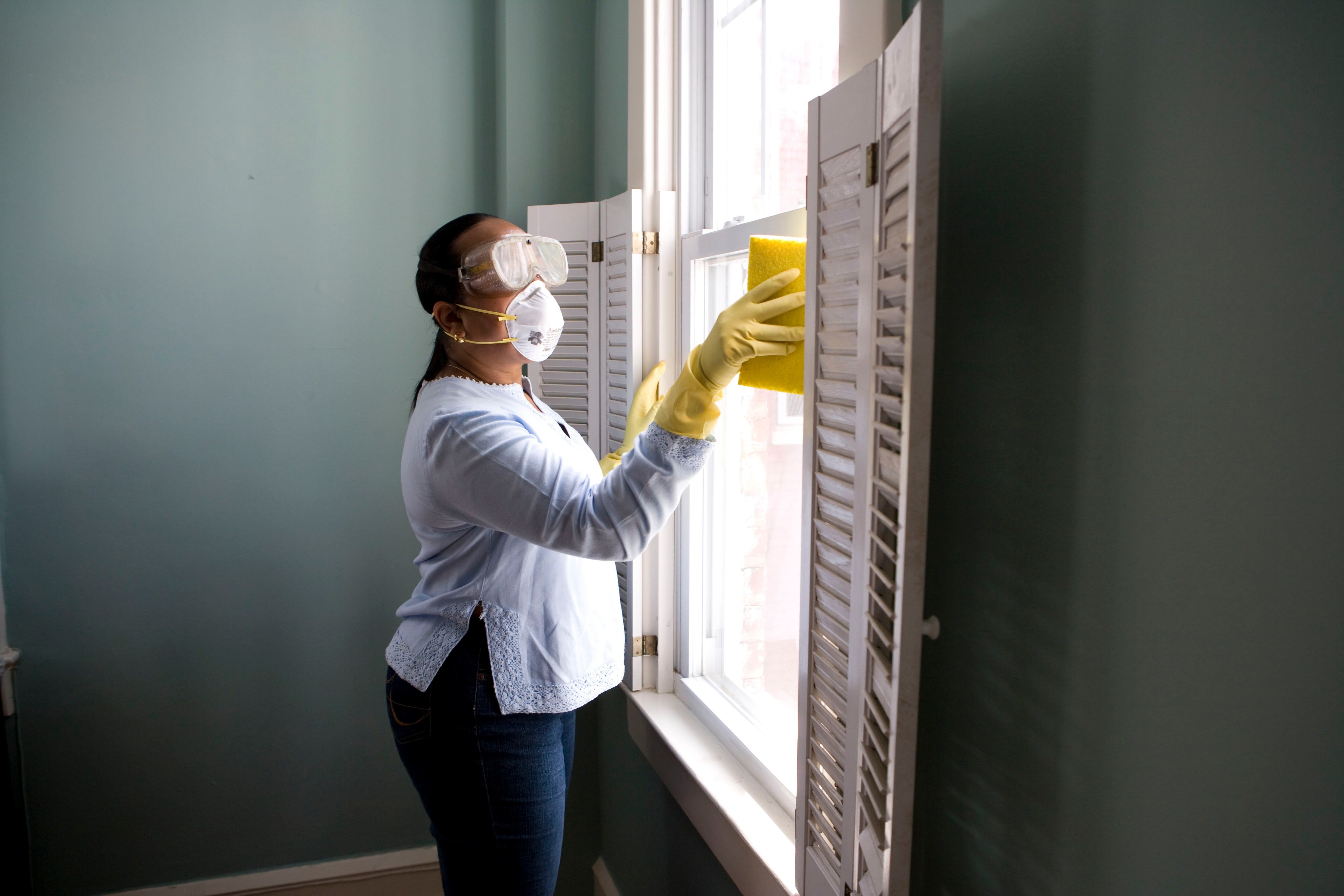How to Clean Office Chairs
Your office chair, like other furniture that sees a lot of usages, may quickly become a breeding ground for bacteria and allergens. However, you can keep your chair in like-new condition using common household cleaning materials.
Lint, dust, crumbs, and hair tend to collect in the nooks and crannies of office chairs, especially those that are extremely adjustable. Whether you have an upholstered or non-upholstered chair, we'll assist you to get rid of it.
If your chair comes with cleaning instructions, either attached to it or available on the manufacturer's website, follow them first. Aeron chairs, for example, include care and maintenance guide from Commercial Cleaners Birmingham. The majority of our suggestions are based on Steelcase's surface materials, which discusses various chair materials.

What you'll require?
Some chairs feature a cleaning code on a tag (typically on the underside of the seat). The upholstery cleaning code—W, S, S/W, or X—indicates which cleansers are ideal for use on the chair (water-based, for example, or dry-cleaning solvents only). Based on the cleaning codes, utilize this guide to identify which cleansers to use.
These items can be used to maintain the leather, vinyl, plastic mesh, or polyurethane-covered chairs regularly:
A handheld vacuum cleaner or a cordless stick vacuum can make vacuuming a chair as simple as possible. Some vacuum cleaners come with attachments designed to remove dust and allergens from upholstery.
Dishwashing soap: Seventh Generation Dish Liquid is recommended, although any clear dish soap or mild soap will suffice. A tiny dish or a spray bottle. Two or three clean, soft cloths: microfiber cloths, an old cotton T-shirt, or other rags without lint will suffice.
Optional: a duster or compressed air can
A duster, such as the Swiffer Duster, can get into tight spaces that your vacuum can't. Alternatively, you can blow out any dirt particles with compressed air from a can.
For extensive cleaning or stain removal, use the following methods:
Stubborn fabric stains require a little additional help, such as rubbing alcohol, vinegar, or laundry detergent. The type of treatment will be determined by the stain. A carpet and upholstery cleaner that you may take with you: Consider investing in an upholstery cleaner for deep cleaning or to deal with regular spills on your chair and other upholstered furniture and rugs.
How long will it take you to clean this up?
Regularly, make sure to blot any spills or stains with water or a water-and-soap solution as soon as possible to prevent them from settling in. It should only take you around five minutes to complete this task. Cleaning your chair regularly can take as little as 15 minutes (including air-drying time) to freshen it up and eliminate dust and bacteria. We recommend doing this once a week, or as often as you vacuum, sweep, or wipe off your workspace. Set aside 30 minutes to remove tough stains or perform seasonal deep cleaning.
Vacuum and dust the chair completely.
Vacuum all dust, lint, hair, and other debris from the top of the chair to the wheels. If you can't reach some locations with your vacuum, use a duster or a can of compressed air to clear out the space.
Using a soap-and-water solution, clean the chair.
In a small bowl or spray bottle, combine a few drops of dish soap with lukewarm water. Steelcase advises a ratio of one part soap to 16 parts water, however, this isn't required.
Wipe off all of the chair's surfaces using a damp cloth immersed in the solution, or lightly spritz the chair with the solution and dab it in with a cloth. Use just enough to cover the chair's surface, but not enough to soak through to the insert, since this might harm the chair's materials.
Rinse well and pat dry.
Wipe away any soap residue with a clean towel dampened with clean water. Then dry hard surfaces (such as armrests and chair legs) or seat covers with a clean towel (such as leather and vinyl). Allow soft surfaces, such as fabric seats, to air dry—or if you're in a rush to go back to sitting, use a hairdryer on the cold setting or a wet/dry vac to eliminate moisture. Using rubbing alcohol or similar cleaning chemical, spot-treat stains.
If the dish soap solution fails to remove some stains, an alcohol-based cleaner may be able to help. To make sure the cleaner won't harm the fabric, try a tiny, inconspicuous section of the chair, such as the underside of the seat. Then, without wetting the cloth, carefully massage a few drops of the alcohol into the stain. Allow the fabric to air dry after removing the residue with a moist towel; the alcohol should dry rapidly.
If alcohol doesn't entirely remove the stain, try a different agent. Beer, blood, chocolate, coffee, and ink are just a few of the stains that iFixit can help you remove. To thoroughly erase the stain, you may need to reapply many times.
Use an upholstery cleaning or a professional service to get to the root of the problem. Break out the portable upholstery cleaner, if you have one, or hire a professional upholstery cleaner for thorough cleaning or to tackle the worst stains.
